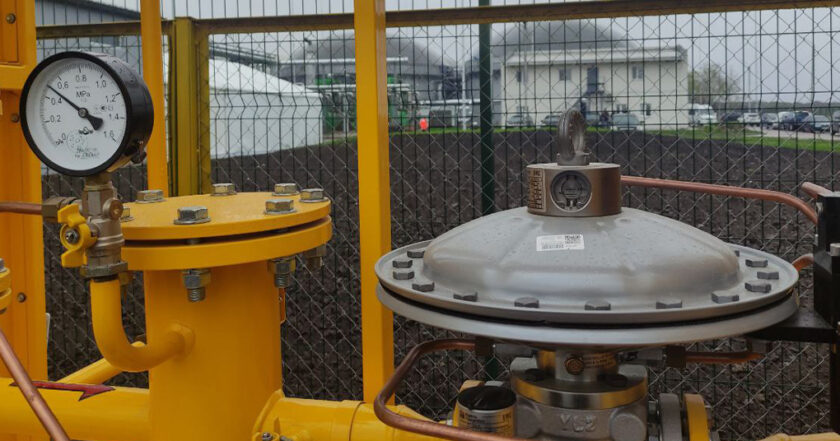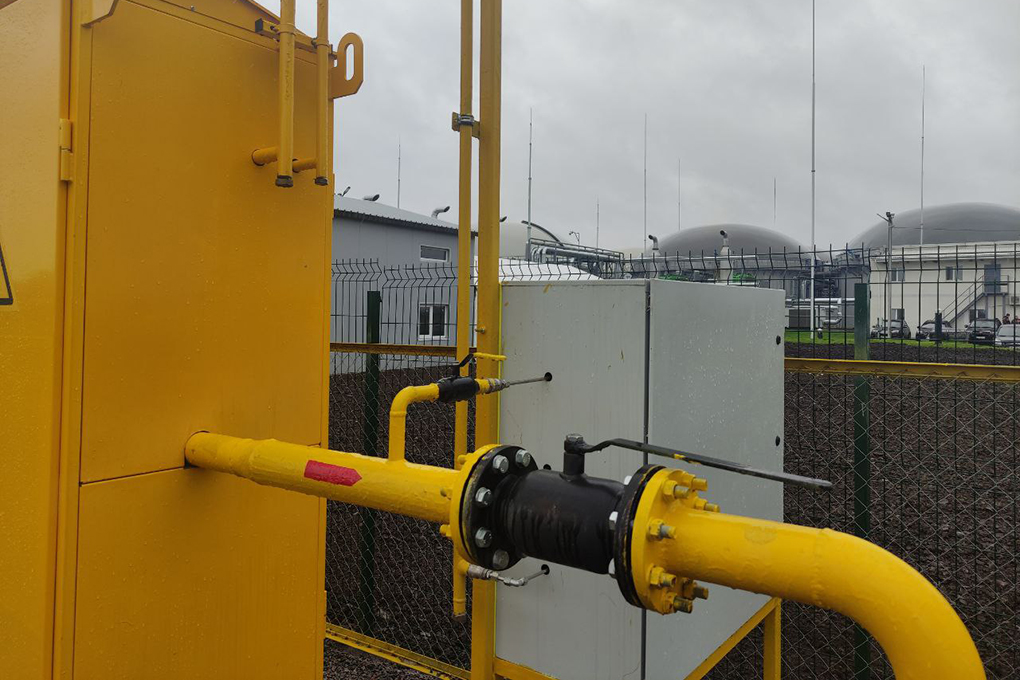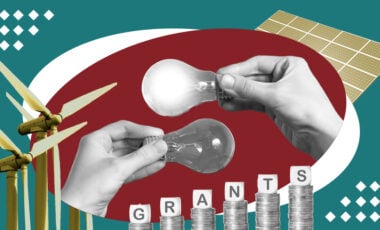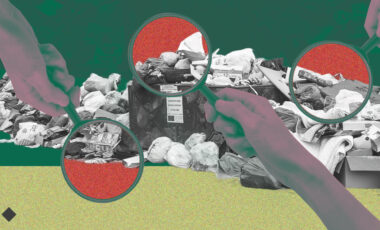Ukraine's first biomethane plant supplying sustainable gas to consumers

Photo: RGC
Ukraine's first biomethane plant was connected to the gas transmission network.
The Ministry of Agrarian Policy reports that it is already supplying gas to consumers.
What is the problem?
Russia's war caused significant damage to the Ukrainian gas transportation system. Also, it prompted the government to give up Russian gas and oil and look for alternative fuel and energy sources.
As a party to Paris Agreement, Ukraine pledged a reduction in CO2 emissions and a gradual transition to green energy, including developing renewable energy sources.
What is the solution?
Biomethane is a renewable energy alternative and better for the environment than natural gas, coal, and oil since it is generated from the breakdown of organic matter and is not mined. Biomethane is also the cheapest possible renewable gas.
The Ministry of Agriculture says that the biomethane and biogas industry development will make it possible to abandon the import of gas, which will contribute to the country's energy security and ensure energy decentralization.

Photo: RGC
How does it work?
The new enterprise will provide gas to about 1,500 consumers per year. This particular plant will produce biogas for the population and industry in the Chernihiv region, Ukraine's northern region that has been severely damaged by Russian shelling and occupation, the Regional Gas Company (RGC) reported.
Biomethane is purified biogas obtained from the natural decomposition of various organic substances, such as waste from the food industry and animal husbandry, sewage sludge, and organic household waste. The ministry says it can be pumped into the Ukrainian gas transportation system and used as natural gas.
The biogas production enterprise in the Chernihiv region will use sugar beet pulp after sugar production, beet molasses, plant residues, and waste from food production.
Earlier, it was reported that Ukraine plans to create a network of small gas turbine power plants that operate on natural gas. This should reduce the country's power grid load and make it less vulnerable to Russian shelling. The first such station began operation in January 2023 in the war-battered Irpin, Kyiv region.


















































